Home>Storage & Organization>Kitchen Organizing Tools>How To Train A Cat To Pee In The Litter Box
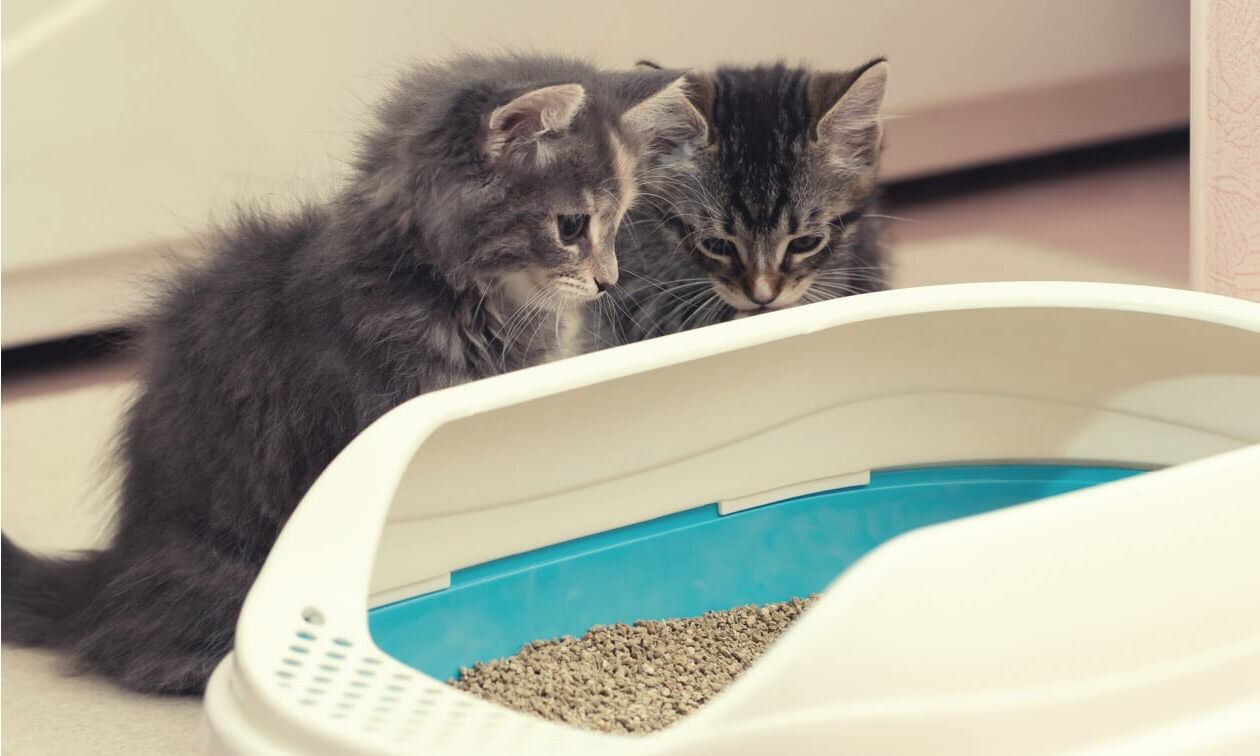

Kitchen Organizing Tools
How To Train A Cat To Pee In The Litter Box
Modified: March 2, 2024
Discover effective methods for training your cat to use the litter box with the best kitchen organizing tools. Keep your home clean and odor-free with these helpful tips.
(Many of the links in this article redirect to a specific reviewed product. Your purchase of these products through affiliate links helps to generate commission for Storables.com, at no extra cost. Learn more)
Introduction
Training a cat to use the litter box is an essential aspect of feline care for both new and experienced cat owners. A well-trained cat not only ensures a clean and odor-free home but also promotes the cat's health and well-being. While the process may seem daunting, with patience, understanding, and the right approach, you can successfully teach your cat to use the litter box consistently.
Understanding your cat's behavior, choosing the right litter box, and creating an inviting environment are crucial steps in this process. By gaining insight into your cat's instincts and preferences, you can tailor the training to suit their individual needs. Additionally, selecting the appropriate litter box and strategically placing it in your home will contribute to your cat's comfort and willingness to use it.
Introducing your cat to the litter box in a positive and gentle manner is key to fostering a positive association. By gradually acclimating your cat to the litter box and providing encouragement, you can instill the habit of using it regularly. Furthermore, troubleshooting common issues that may arise during the training process will help you address any setbacks effectively.
In this comprehensive guide, we will delve into the intricacies of training your cat to use the litter box, offering practical tips and insights to facilitate a smooth and successful training experience. Whether you are welcoming a new feline companion into your home or seeking to improve your cat's litter box habits, this guide will equip you with the knowledge and strategies needed to accomplish this essential aspect of cat care.
Key Takeaways:
- Cats prefer clean, private litter boxes in quiet areas. Understanding their behavior and providing a suitable environment is crucial for successful litter box training.
- Regular maintenance, multiple litter boxes, and addressing stressors are key to encouraging consistent litter box usage. Troubleshooting common issues empowers cat owners to maintain a harmonious environment.
Read more: How To Get A Cat To Pee In The Litter Box
Understanding Your Cat's Behavior
Understanding your cat's behavior is fundamental to effectively training them to use the litter box. Cats are naturally clean animals with strong instincts related to elimination. By comprehending these behaviors, you can tailor the litter box training to align with your cat's natural inclinations.
Cats have an innate preference for cleanliness and privacy when it comes to eliminating waste. This stems from their wild ancestors' instinct to conceal their scent from potential predators. As a result, cats are drawn to secluded and quiet areas for their bathroom activities. Understanding this preference can guide you in selecting an appropriate location for the litter box within your home.
Additionally, cats are known for their fastidious grooming habits. They are meticulous about keeping themselves clean and may be deterred from using a soiled or malodorous litter box. This emphasizes the importance of regular cleaning and maintenance of the litter box to ensure that it remains inviting for your cat.
Furthermore, cats may exhibit aversion to certain types of litter textures or scents. Some cats prefer finer, sand-like textures, while others may favor larger, pellet-style litter. By observing your cat's reactions to different types of litter, you can identify their preferences and choose a suitable litter that aligns with their comfort.
Understanding your cat's behavior also involves recognizing signs of stress or anxiety that may impact their litter box habits. Changes in the household, such as the introduction of a new pet or a shift in routine, can cause stress in cats, leading to litter box avoidance. By addressing these stressors and providing a secure and predictable environment, you can support your cat in maintaining consistent litter box usage.
By gaining insight into your cat's behavior and instincts, you can approach litter box training with empathy and consideration for their natural inclinations. This understanding forms the foundation for creating an environment that encourages your cat to embrace the litter box as a comfortable and preferred elimination spot.
Choosing the Right Litter Box
Selecting the right litter box is a pivotal step in ensuring your cat's comfort and willingness to use it consistently. With a myriad of options available, it's essential to consider your cat's preferences and your household dynamics when choosing the perfect litter box.
Size and Accessibility
When it comes to size, bigger is often better. A spacious litter box provides ample room for your cat to move around comfortably and perform their elimination rituals without feeling confined. Additionally, a larger litter box helps prevent litter from being kicked out onto the floor, contributing to a tidier environment. It's advisable to choose a litter box that is at least 1.5 times the length of your cat to accommodate their movements effectively.
Accessibility is another crucial factor to consider. For kittens or senior cats, opting for a litter box with lower sides facilitates easy entry and exit. This is particularly important for older cats or those with mobility issues, ensuring that they can access the litter box without difficulty.
Litter Box Type
Litter boxes come in various types, including open, covered, and top-entry designs. Open litter boxes offer easy access and provide good ventilation, while covered options offer privacy and help contain odors. Top-entry litter boxes are gaining popularity for their ability to minimize litter tracking and offer privacy. Understanding your cat's preferences for privacy and ventilation will guide you in selecting the most suitable litter box type for their comfort.
Read more: How To Train A Stray Cat To Use A Litter Box
Number of Litter Boxes
In a multi-cat household, the general rule of thumb is to have one litter box per cat, plus an additional box. This ensures that each cat has access to a designated elimination spot, reducing the likelihood of territorial disputes over the litter box. Placing the litter boxes in separate, low-traffic areas of the home can also help minimize competition and promote peaceful cohabitation among feline housemates.
Litter Box Maintenance
Opting for a litter box with smooth, easy-to-clean surfaces simplifies the maintenance process. Additionally, consider the material of the litter box, ensuring that it is durable and resistant to absorbing odors. This facilitates regular cleaning, which is essential for promoting your cat's willingness to use the litter box consistently.
By carefully considering the size, accessibility, type, and maintenance aspects of the litter box, you can create an inviting and functional elimination space for your cat. This thoughtful selection process lays the groundwork for successful litter box training and contributes to a harmonious and hygienic environment for both you and your feline companion.
Placing the Litter Box in the Right Location
The placement of the litter box plays a pivotal role in encouraging your cat to embrace it as their preferred elimination spot. Selecting the right location involves understanding your cat's preferences for privacy, tranquility, and accessibility. By strategically positioning the litter box, you can create an inviting environment that promotes consistent litter box usage.
Consider Your Cat's Privacy Needs
Cats value privacy when attending to their bathroom needs. Therefore, it's essential to position the litter box in a quiet and secluded area of your home. Avoid placing it in high-traffic zones or areas with loud noises, as this can make your cat feel vulnerable and reluctant to use the litter box. Instead, opt for a peaceful corner or a less frequented room where your cat can eliminate undisturbed.
Read more: How To Make Your Cat Pee In The Litter Box
Accessibility and Safety
While privacy is crucial, the litter box should also be easily accessible to your cat. Ensure that the chosen location allows your cat to reach the litter box without encountering obstacles or feeling trapped. For multi-level homes, it's advisable to have a litter box on each floor to provide convenient access for your cat, especially if they have mobility challenges or are elderly.
Avoiding Confined Spaces
Placing the litter box in confined or enclosed spaces, such as closets or cabinets, may seem like an ideal way to maintain cleanliness and privacy. However, such locations can create a sense of confinement for your cat, potentially leading to aversion towards the litter box. Opt for open areas that offer ample space around the litter box, allowing your cat to enter, exit, and move comfortably.
Multiple Cat Household Considerations
In a multi-cat household, strategic placement of litter boxes is essential to prevent territorial conflicts and promote harmony. Each litter box should be positioned in separate areas to provide individual cats with their designated elimination spaces. This minimizes competition and reduces the likelihood of one cat guarding the litter box, ensuring that all cats have equal access to this essential resource.
Adapting to Your Cat's Preferences
Observing your cat's behavior and reactions to different locations can provide valuable insights into their preferences. Some cats may favor elevated locations, while others may feel more secure at ground level. By observing your cat's behavior and making adjustments based on their comfort and response, you can create a customized litter box placement that aligns with your cat's individual needs.
By carefully considering your cat's privacy, accessibility, and safety needs, you can strategically position the litter box to create an inviting and functional elimination space. This thoughtful approach fosters a positive association with the litter box and encourages your cat to consistently use it, contributing to a harmonious and hygienic environment for both you and your feline companion.
Read more: Why Cat Won’t Pee In The Litter Box
Introducing Your Cat to the Litter Box
Introducing your cat to the litter box is a crucial step in establishing positive litter box habits. Whether you have a new kitten or an adult cat, the introduction process sets the foundation for their understanding and acceptance of the litter box as their designated elimination area. By approaching this phase with patience and sensitivity to your cat's needs, you can facilitate a smooth transition and instill the habit of using the litter box consistently.
Begin by placing the litter box in a quiet and accessible location within your home. Allow your cat to explore the area and familiarize themselves with the presence of the litter box. Encourage positive associations by placing your cat near the litter box after meals or naps, as cats often feel the urge to eliminate after these activities. This gentle exposure helps your cat recognize the litter box as a familiar and safe space.
When introducing a kitten to the litter box, gently place them in the box after meals or upon waking up. Use a soft, encouraging tone to reassure them and provide gentle strokes to create a calming environment. For adult cats, gently guide them to the litter box and allow them to investigate at their own pace. Avoid forcing or startling your cat during this introduction phase, as it's essential to build trust and comfort around the litter box.
Additionally, consider the type of litter you use during the introduction. If your cat has been using a specific type of litter, initially provide the same variety in the new litter box to maintain familiarity. Gradually transitioning to a different litter can be done by mixing small amounts of the new litter with the familiar one, allowing your cat to acclimate to the change gradually.
Positive reinforcement plays a pivotal role in the introduction process. Whenever your cat uses the litter box, offer verbal praise, gentle petting, or a small treat to reinforce their positive behavior. This positive association encourages your cat to view the litter box as a rewarding and safe space for elimination.
As your cat becomes more accustomed to the litter box, observe their behavior for signs of discomfort or aversion. If your cat shows reluctance or avoids using the litter box, assess potential stressors or discomforts and address them accordingly. Patience and understanding are key during this phase, as each cat may require varying amounts of time to adapt to the litter box.
By approaching the introduction process with patience, positive reinforcement, and attentiveness to your cat's comfort, you can effectively acclimate them to the litter box and establish a positive association with this essential resource. This gradual and gentle approach sets the stage for successful litter box training and fosters a harmonious environment for both you and your feline companion.
Encouraging Your Cat to Use the Litter Box
Encouraging your cat to use the litter box involves creating a positive and inviting environment that motivates them to consistently choose the litter box for their elimination needs. By employing gentle encouragement, positive reinforcement, and strategic adjustments, you can instill the habit of using the litter box while fostering a harmonious relationship with your feline companion.
Maintain Cleanliness
Regular maintenance of the litter box is essential to encourage your cat to use it consistently. Cats are fastidious creatures and may avoid a soiled or odorous litter box. Ensure that you scoop the litter box at least once a day, removing waste and clumps to maintain a clean and inviting environment. Additionally, periodic complete litter changes and thorough cleaning of the litter box with mild, unscented soap can help prevent aversion due to lingering odors.
Provide Multiple Litter Boxes
In multi-cat households, providing multiple litter boxes is crucial to prevent competition and territorial issues. Each cat should have access to their designated litter box, ideally placed in separate, low-traffic areas. The availability of multiple litter boxes reduces the likelihood of one cat monopolizing a single box, promoting a stress-free elimination experience for all feline occupants.
Address Stressors and Changes
Cats are sensitive to changes in their environment, and stress or anxiety can manifest in litter box aversion. Addressing potential stressors, such as new pets, household rearrangements, or changes in routine, is essential in promoting consistent litter box usage. By providing a secure and predictable environment, you can alleviate stress and create a conducive atmosphere for your cat to feel comfortable using the litter box.
Positive Reinforcement
Positive reinforcement plays a pivotal role in encouraging your cat to use the litter box. Whenever your cat uses the litter box, offer verbal praise, gentle petting, or a small treat to reinforce their positive behavior. This positive association fosters a sense of accomplishment and comfort, reinforcing the litter box as a safe and rewarding elimination spot.
Monitor and Adjust
Observing your cat's behavior and reactions to the litter box can provide valuable insights into their preferences and any potential issues. If your cat displays reluctance or avoidance, consider adjusting the litter type, box placement, or addressing any underlying health concerns. Patience and attentiveness to your cat's needs are crucial in identifying and addressing any obstacles to consistent litter box usage.
By implementing these strategies and maintaining a supportive and encouraging approach, you can effectively motivate your cat to use the litter box consistently. This positive reinforcement and attentive care contribute to a harmonious and hygienic environment, ensuring that both you and your feline companion can coexist comfortably and happily.
Troubleshooting Common Issues
Even with careful training and a well-designed litter box setup, cat owners may encounter common issues related to litter box usage. Understanding and effectively addressing these issues is crucial in maintaining a harmonious and hygienic environment for both the cat and the household. Here are some common problems and practical solutions to troubleshoot them:
Litter Box Aversion
Some cats may develop aversion to the litter box, leading to inappropriate elimination. This aversion can stem from various factors, including the type of litter, cleanliness of the box, or underlying health issues. To address litter box aversion, consider the following steps:
- Ensure the litter box is kept clean and odor-free through regular scooping and complete litter changes.
- Experiment with different types of litter to identify your cat's preferences, such as clumping, non-clumping, scented, or unscented varieties.
- Monitor your cat's behavior for signs of discomfort or distress and consult a veterinarian to rule out any potential health concerns.
Territorial Marking
Unneutered or unspayed cats, as well as some neutered individuals, may engage in territorial marking behavior, which involves urinating outside the litter box to establish their territory. To address territorial marking:
- Spaying or neutering your cat can significantly reduce territorial marking behaviors.
- Utilize pheromone-based products, such as diffusers or sprays, to create a calming environment and discourage territorial marking.
- Clean any marked areas with enzymatic cleaners to eliminate odors and deter repeat marking.
Litter Box Location Disputes
In multi-cat households, conflicts over litter box access and territory may arise, leading to litter box avoidance or guarding. To mitigate location disputes:
- Provide multiple litter boxes, ensuring each cat has access to their designated elimination spot.
- Place litter boxes in separate, low-traffic areas to minimize competition and promote peaceful cohabitation.
- Address any underlying social dynamics or tensions among the cats through environmental enrichment and positive reinforcement.
Stress-Related Litter Box Avoidance
Changes in the household environment, such as the introduction of a new pet, relocation, or changes in routine, can induce stress in cats, leading to litter box avoidance. To alleviate stress-related issues:
- Maintain a predictable routine and provide a secure, enriched environment to reduce stress and anxiety.
- Utilize interactive toys, vertical spaces, and hiding spots to offer mental stimulation and outlets for stress reduction.
- Consider consulting with a veterinarian or feline behavior specialist to develop a tailored plan for addressing stress-related litter box avoidance.
By proactively identifying and addressing these common issues, cat owners can promote consistent litter box usage and foster a positive and hygienic environment for their feline companions. Patience, attentiveness, and a proactive approach to troubleshooting are essential in resolving these challenges and ensuring a harmonious coexistence between cats and their human caregivers.
Conclusion
In conclusion, training a cat to use the litter box is a multifaceted process that requires patience, understanding, and a tailored approach to accommodate each cat's unique preferences and behaviors. By gaining insight into your cat's instincts and providing a conducive environment, you can successfully instill the habit of using the litter box consistently.
Understanding your cat's behavior, including their need for privacy, cleanliness, and comfort, forms the cornerstone of effective litter box training. Cats' natural inclination toward cleanliness and their sensitivity to environmental changes underscores the importance of creating a welcoming and stress-free elimination space.
Choosing the right litter box, considering factors such as size, accessibility, and type, plays a pivotal role in promoting your cat's comfort and willingness to use it. Strategic placement of the litter box in a quiet and accessible location further encourages your cat to embrace it as their preferred elimination spot.
Introducing your cat to the litter box in a gentle and positive manner, along with providing gradual acclimatization and positive reinforcement, sets the stage for successful litter box training. Encouraging your cat to use the litter box through regular maintenance, multiple box availability, and addressing stressors fosters a positive association with this essential resource.
Furthermore, troubleshooting common issues, such as litter box aversion, territorial marking, and stress-related avoidance, empowers cat owners to proactively address challenges and maintain a harmonious environment for both the cat and the household.
By approaching litter box training with empathy, attentiveness, and a commitment to providing a supportive environment, cat owners can cultivate a positive and hygienic space that promotes consistent litter box usage. This not only contributes to a clean and odor-free home but also supports the overall well-being and happiness of their feline companions.
In essence, successful litter box training is a testament to the strong bond between cats and their caregivers, reflecting the dedication to understanding and meeting the needs of these beloved pets. With the right approach and ongoing care, cat owners can create a nurturing environment where their feline companions thrive and coexist harmoniously.
Frequently Asked Questions about How To Train A Cat To Pee In The Litter Box
Was this page helpful?
At Storables.com, we guarantee accurate and reliable information. Our content, validated by Expert Board Contributors, is crafted following stringent Editorial Policies. We're committed to providing you with well-researched, expert-backed insights for all your informational needs.
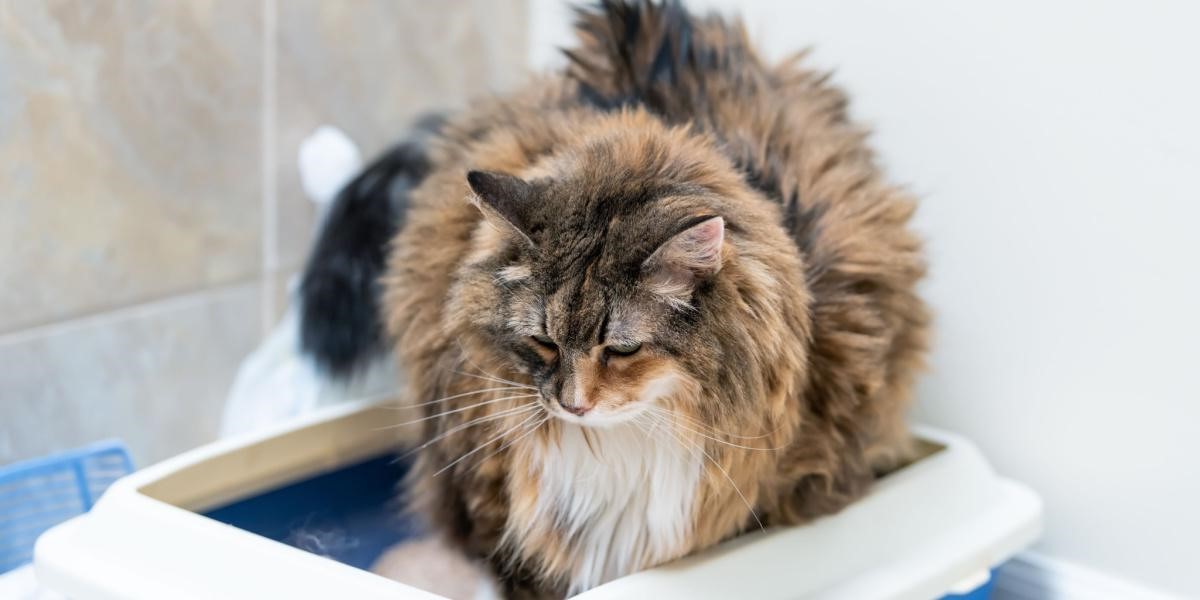
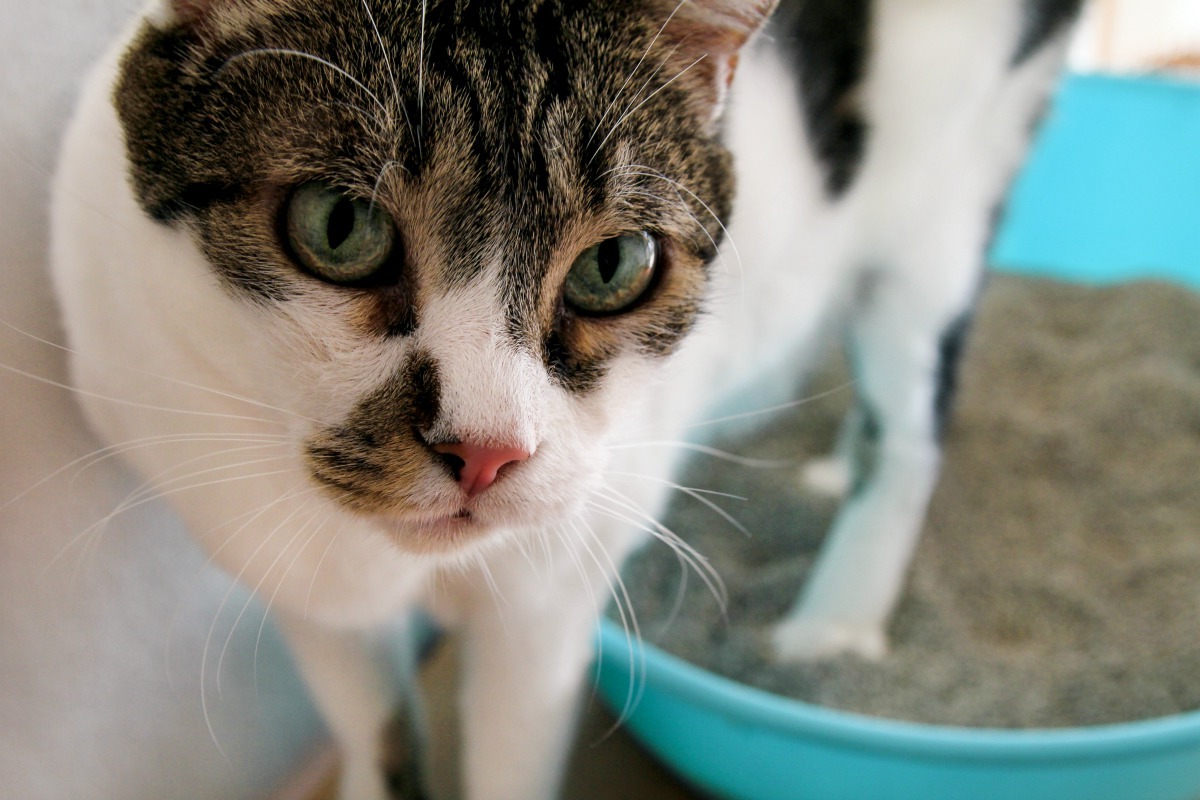
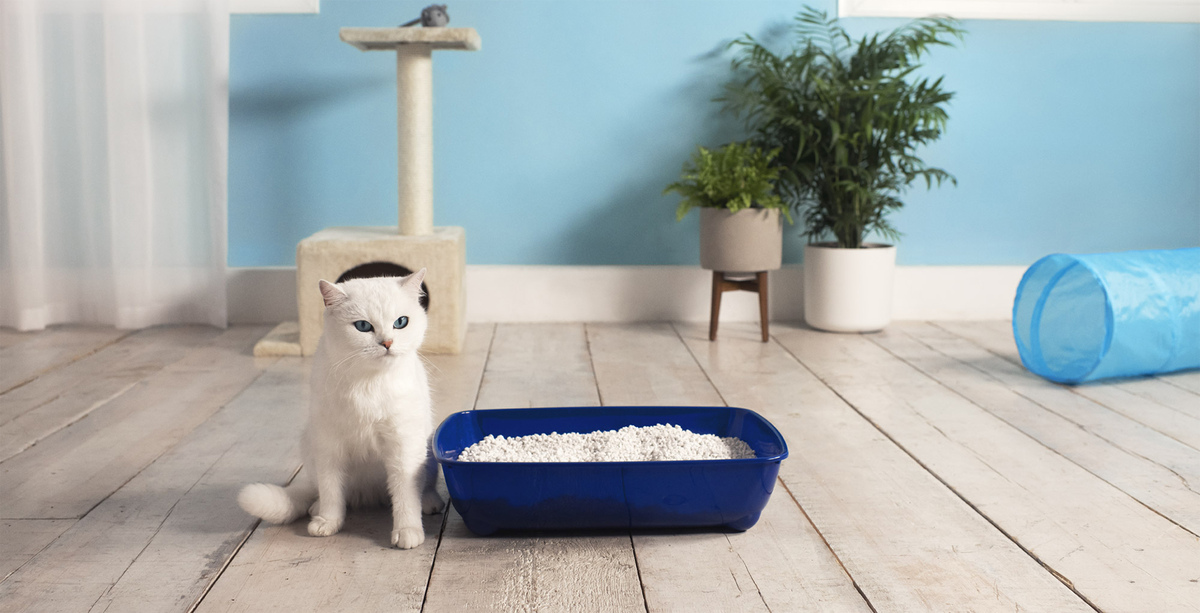
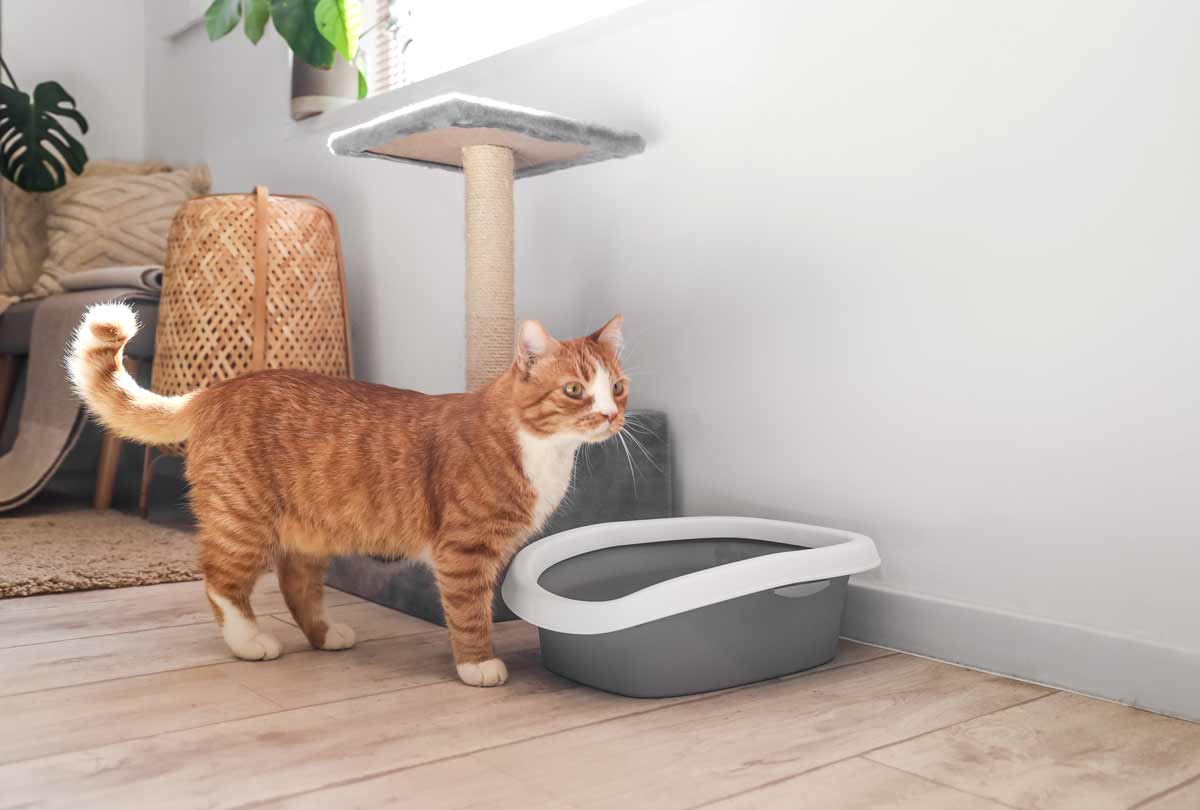
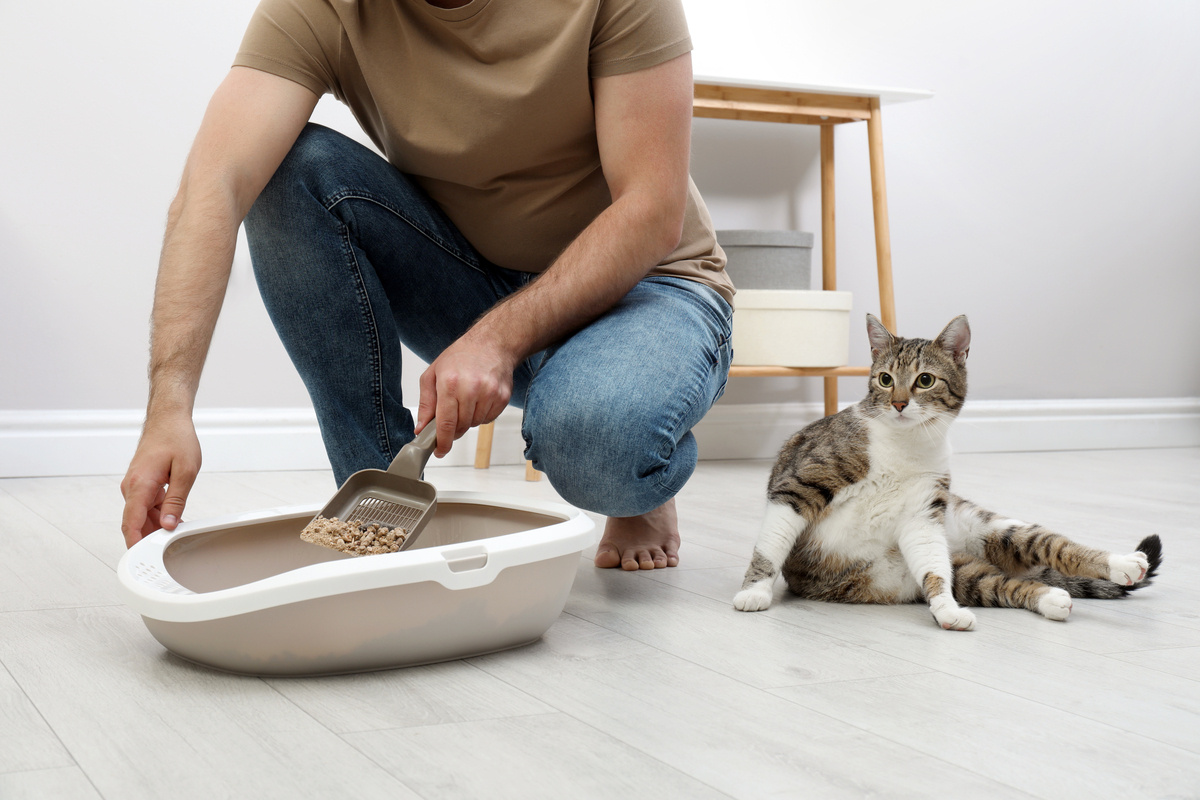
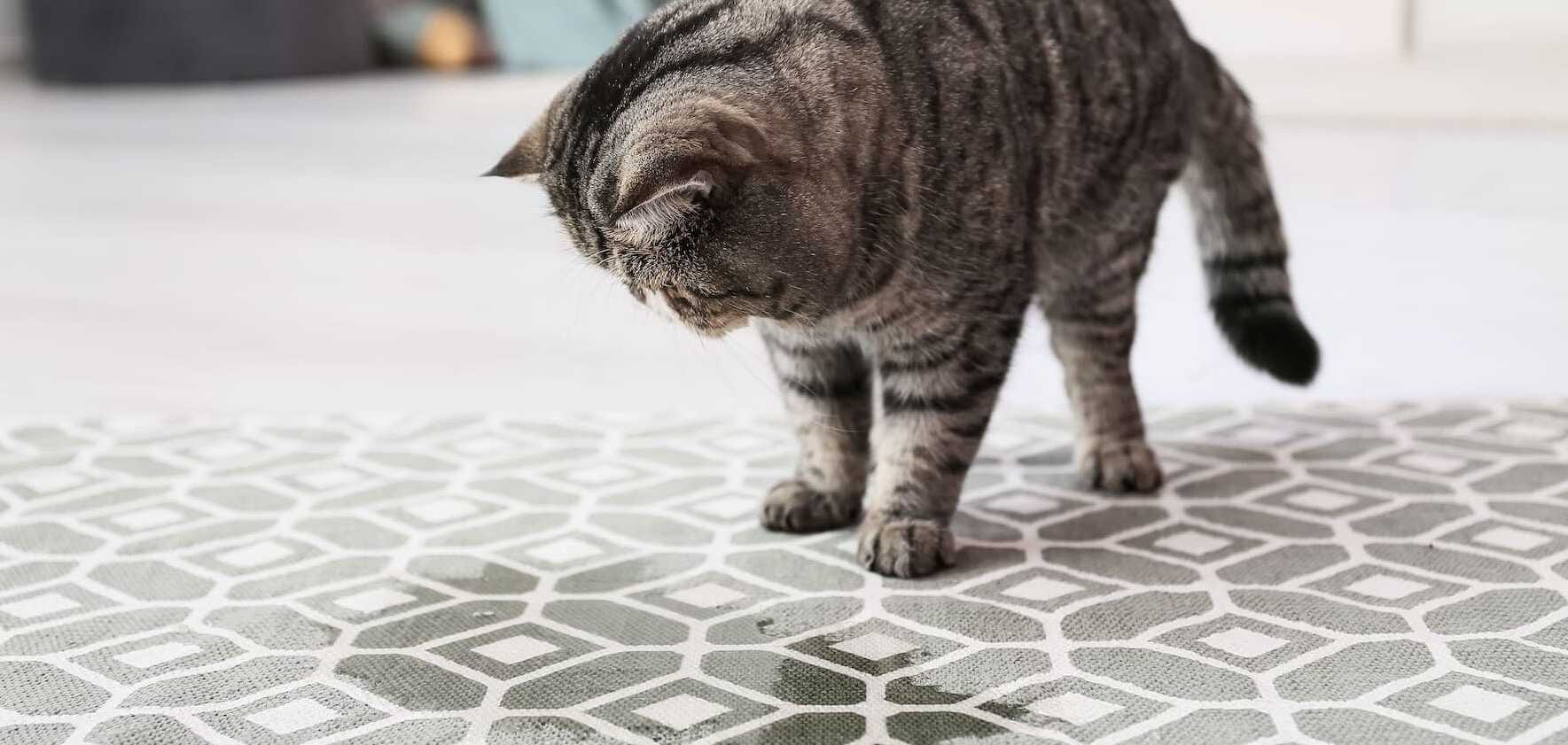
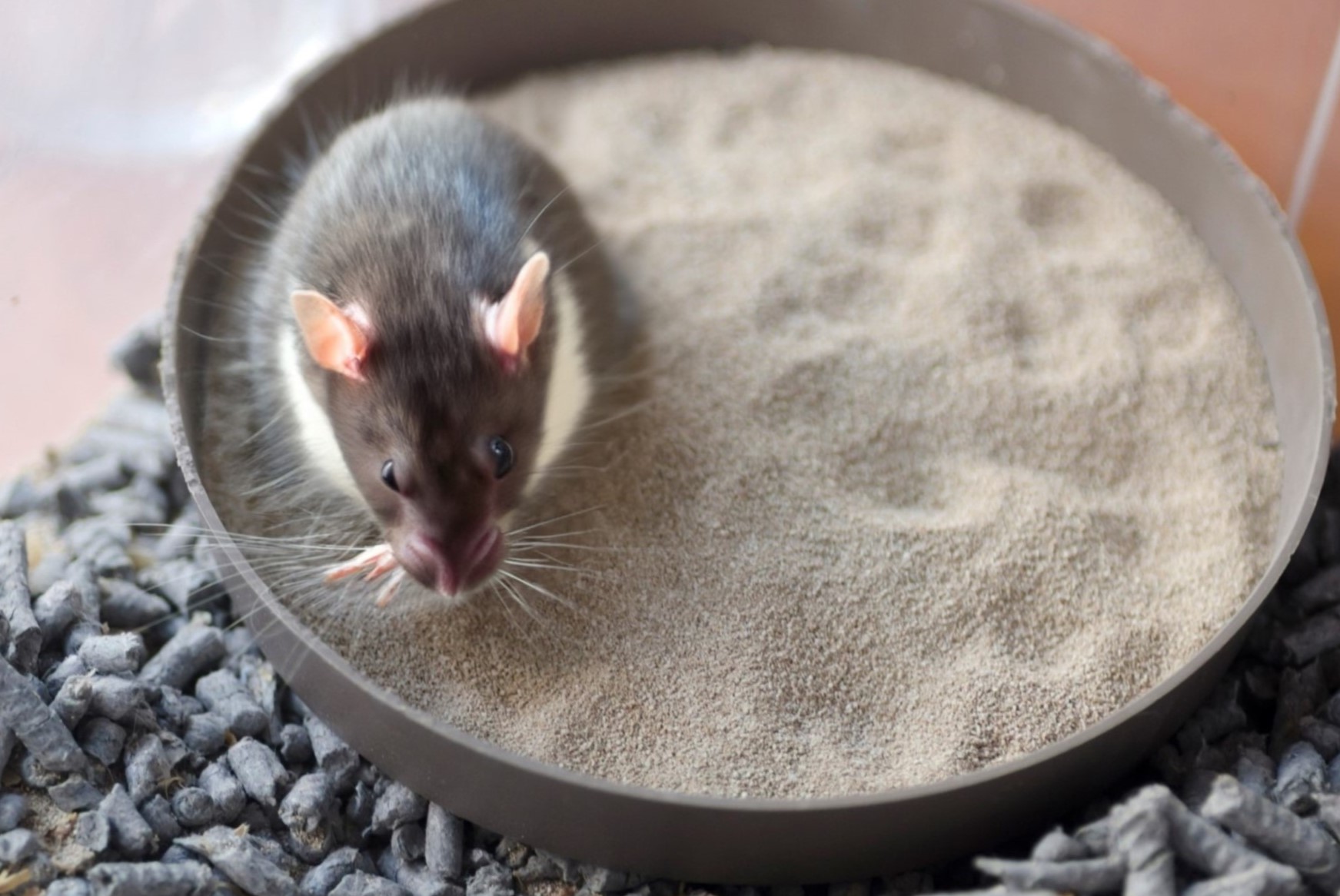
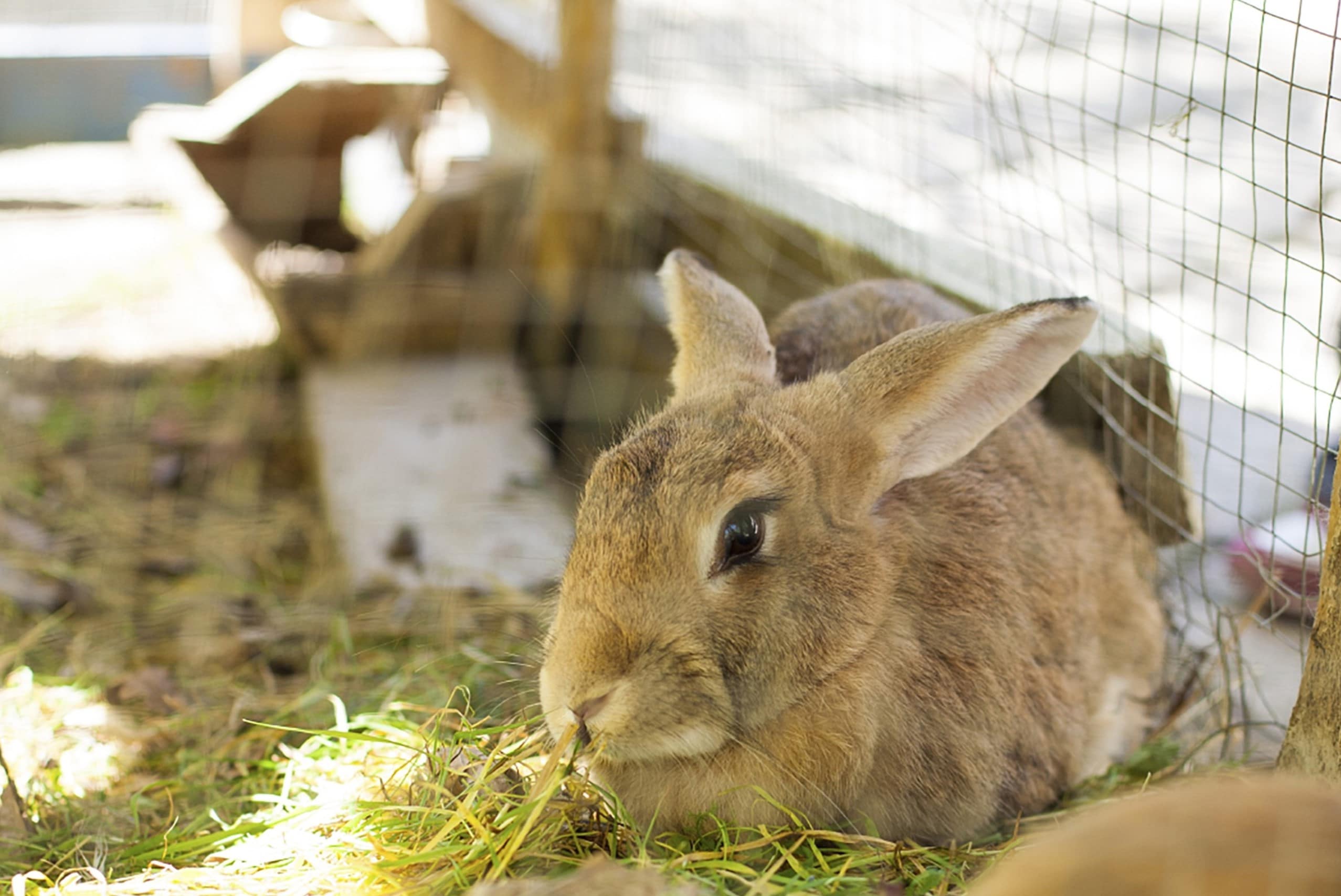
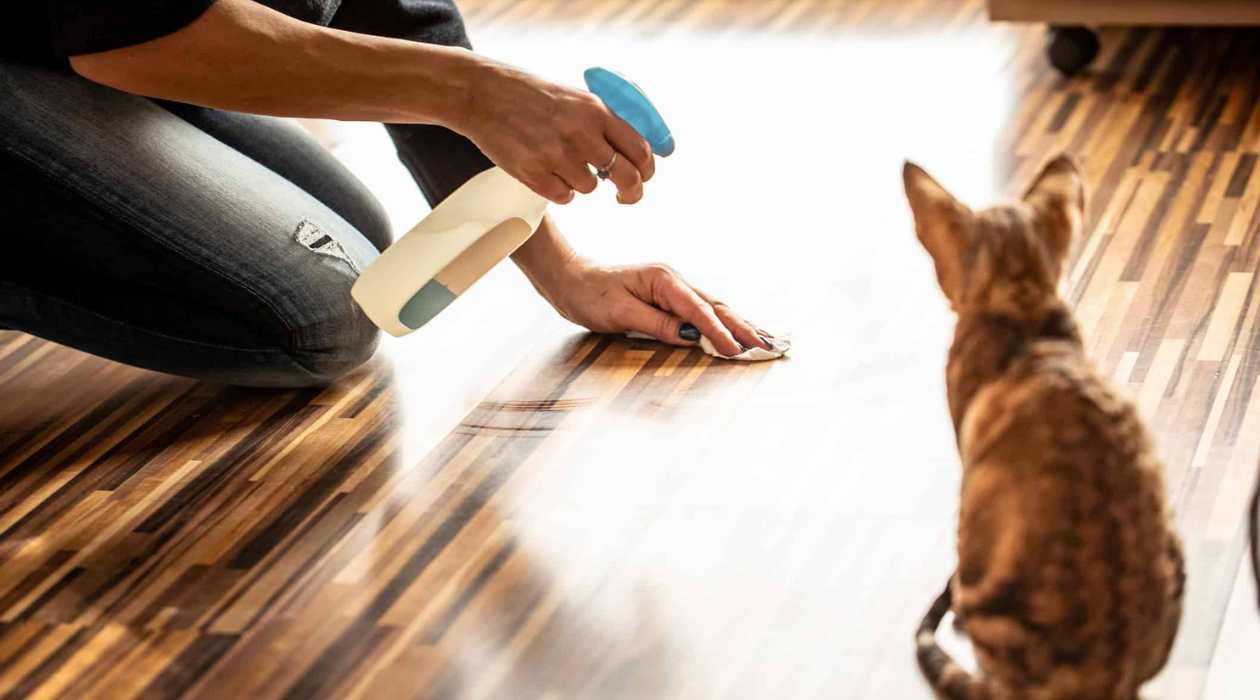

0 thoughts on “How To Train A Cat To Pee In The Litter Box”